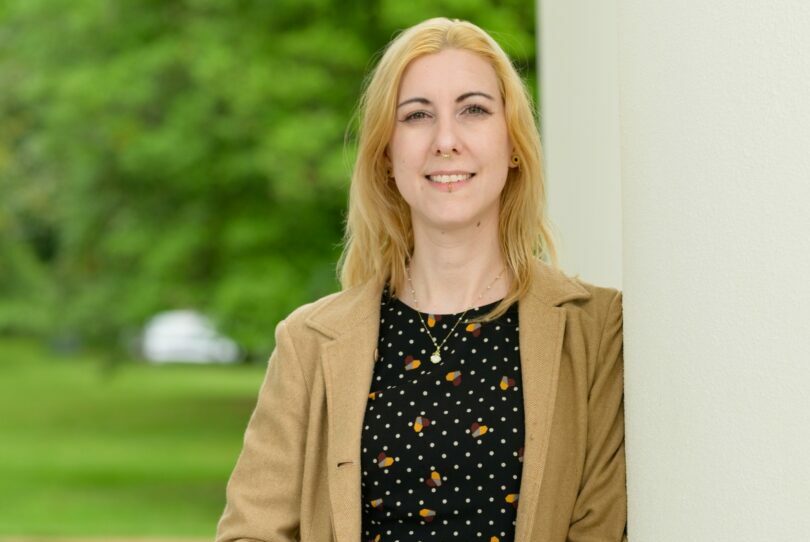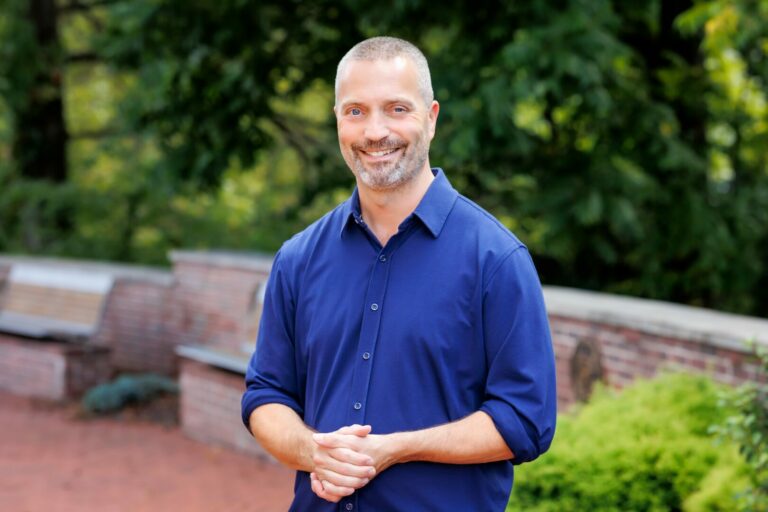We recently had the chance to connect with Shiv shakti and have shared our conversation below.
Hi Shiv , thank you so much for joining us today. We’re thrilled to learn more about your journey, values and what you are currently working on. Let’s start with an ice breaker: What do you think is misunderstood about your business?
What I find is often misunderstood about my business is that people see greenhouses and regenerative farming only as food production systems, when in reality, they are platforms for community resilience, education, and healing. Many assume it’s only about growing plants more efficiently, but the deeper mission is about cultivating ecosystems where people and the planet thrive together.
We’re designing spaces that serve as living classrooms, research hubs, and sanctuaries that reconnect people with food, energy, and one another. Another common misconception is that sustainability means scaling back or limiting ourselves. when in fact, regenerative design is about abundance: creating systems that give back more than they take.
I often say our work isn’t just about agriculture it’s about culture. It’s about reshaping how we live with the land, how we collaborate across disciplines, and how we empower future generations to inherit systems that restore rather than deplete.
Can you briefly introduce yourself and share what makes you or your brand unique?
I’m Shiv Shakti, and my work is rooted in designing and building climate-resilient, regenerative greenhouse systems. My journey started with a deep passion for sustainability and food security, and has grown into a mission of creating off-grid solutions that can support communities, researchers, and future generations.
Through Shakti Farm Design, I focus on integrating renewable energy, water conservation, and innovative greenhouse technology to create ecosystems that restore rather than deplete. What makes this work special is that it’s not just about growing food it’s about cultivating resilience, community, and knowledge-sharing.
I’m currently collaborating with universities, land stewards, and organizations to pilot these greenhouse models in ways that support research, education, and community healing. What excites me most is bridging traditional ecological wisdom with modern design so that future generations inherit systems of abundance.
Great, so let’s dive into your journey a bit more. Who were you before the world told you who you had to be?
Before the world told me who I had to be, I was a child deeply connected to the rhythms of nature. I spent hours outdoors observing how plants grew, how water flowed, how life sustained itself without effort or instruction. I felt an innate curiosity and a sense of wonder at how everything was interconnected. There was no separation between play, learning, and purpose; it was all one continuous exploration.
Over time, society asked me to define myself through roles, titles, and expectations, but I still return to that early version of myself often. That child reminds me that my deepest identity is not about achievement or fitting into a box, but about being in relationship with the earth, with community, and with creativity. In many ways, my work now is about coming full circle bringing that innocent sense of wonder and harmony into how we design systems, grow food, and care for each other.
Was there ever a time you almost gave up?
Yes, there have been moments when the weight of the work and the uncertainty of resources made me wonder if I could keep going. Building regenerative systems that don’t always fit neatly into conventional models can feel isolating, and sometimes overwhelming. But each time I reached that edge, I remembered why I started: to create living systems that can heal land, feed communities, and inspire future generations.
In those moments, it’s been the land itself, the people who believe in this vision, and even small reminders of progress—like seeing new growth in a greenhouse or a letter of support from someone touched by the work—that kept me moving forward. What could have been an ending became a reminder that the path is not only mine but belongs to something greater.
Sure, so let’s go deeper into your values and how you think. What would your closest friends say really matters to you?
My closest friends would probably say that what really matters to me is creating spaces of belonging and healing. I care deeply about people feeling seen, nourished, and connected — whether that’s through food, land, or conversation. I’ve always believed that the way we show up for each other in small, everyday ways can ripple out to create larger systems of care and regeneration. For me, it’s less about titles or achievements, and more about whether I’m living in alignment with values like kindness, reciprocity, and integrity.
Okay, so before we go, let’s tackle one more area. What is the story you hope people tell about you when you’re gone?
I hope the story people tell about me is that I lived in alignment with love, vision, and service. That I wasn’t afraid to challenge broken systems, but instead worked to plant seeds for healthier, regenerative ones. I hope they say I created spaces where people felt seen, nourished, and inspired to bring forth their own gifts. More than any project or title, I want my legacy to be about cultivating a culture of care, reciprocity, and imagination — where future generations inherit systems that restore rather than deplete.
Contact Info:
- Website: http://shaktifarmdesign.com
- Instagram: seedofnothingness
- Linkedin: https://www.linkedin.com/in/shiv-shakti-849713233
- Facebook: Shiv Shakti

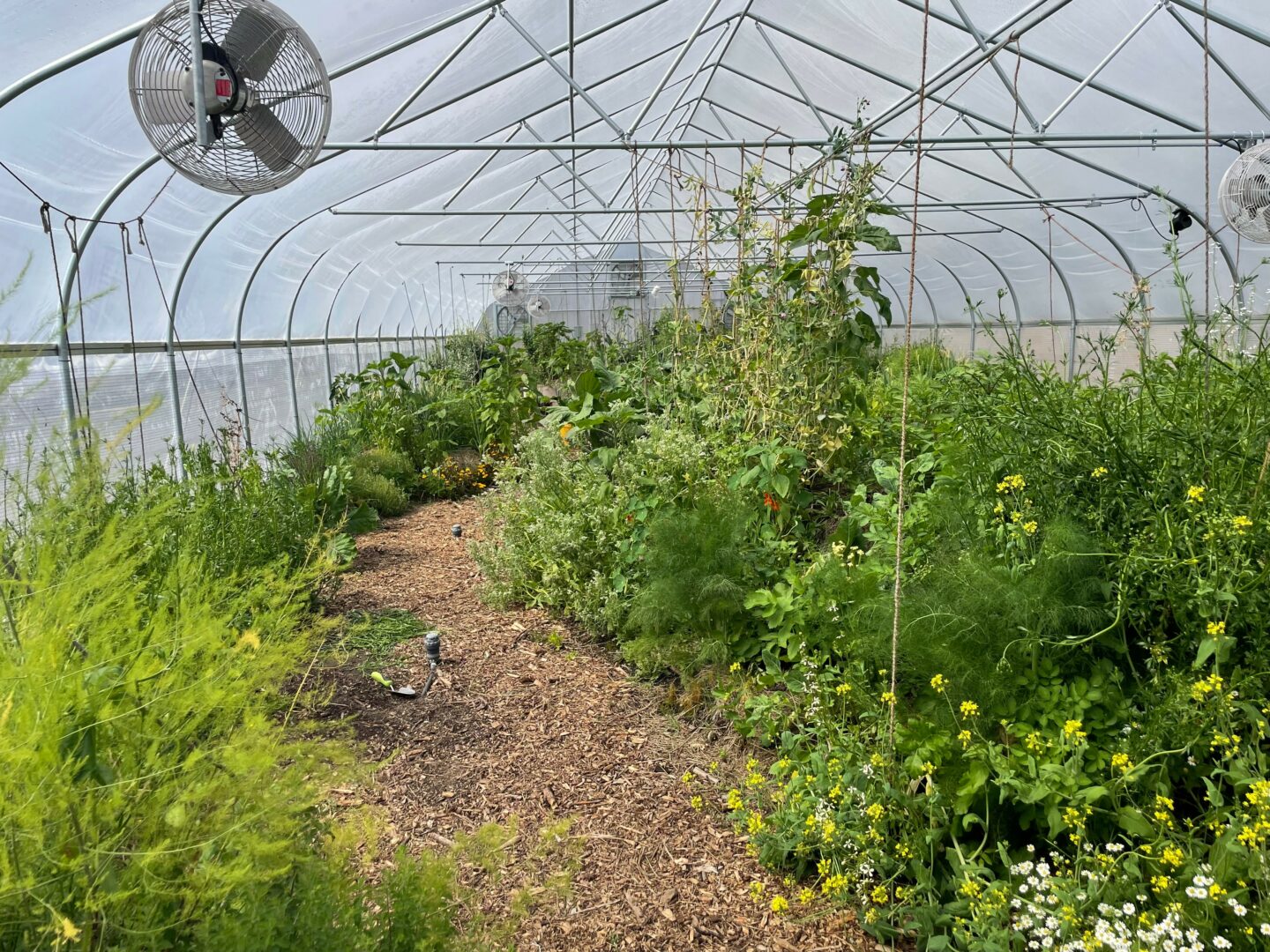
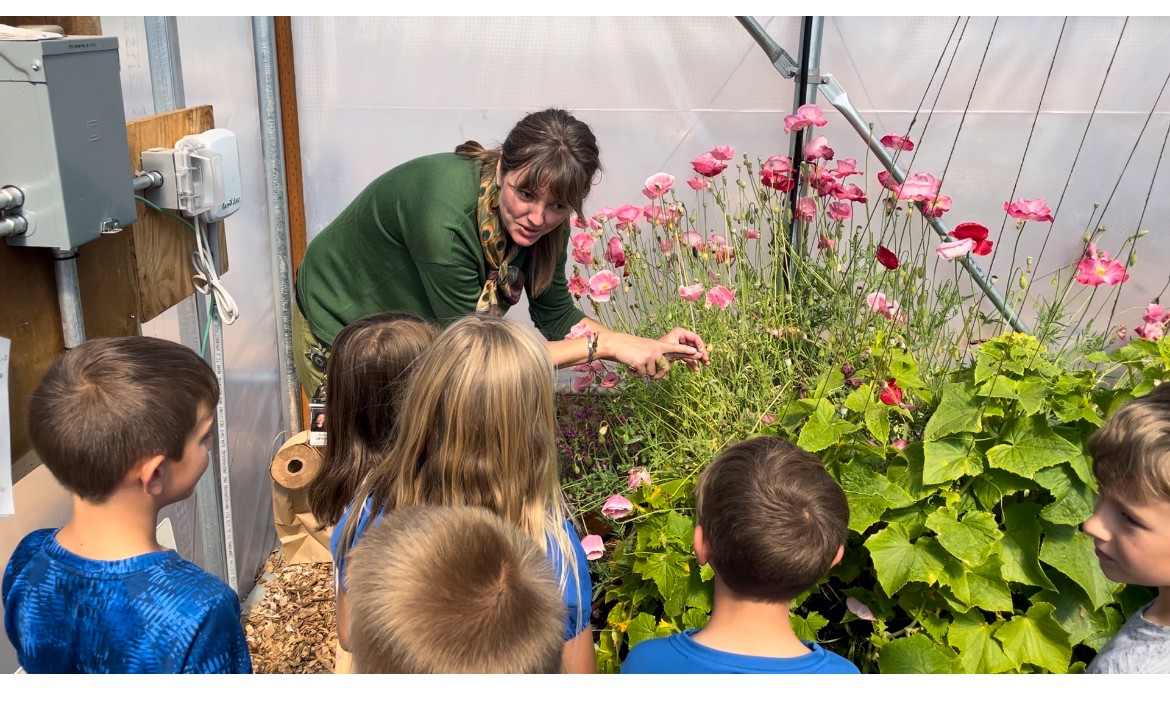
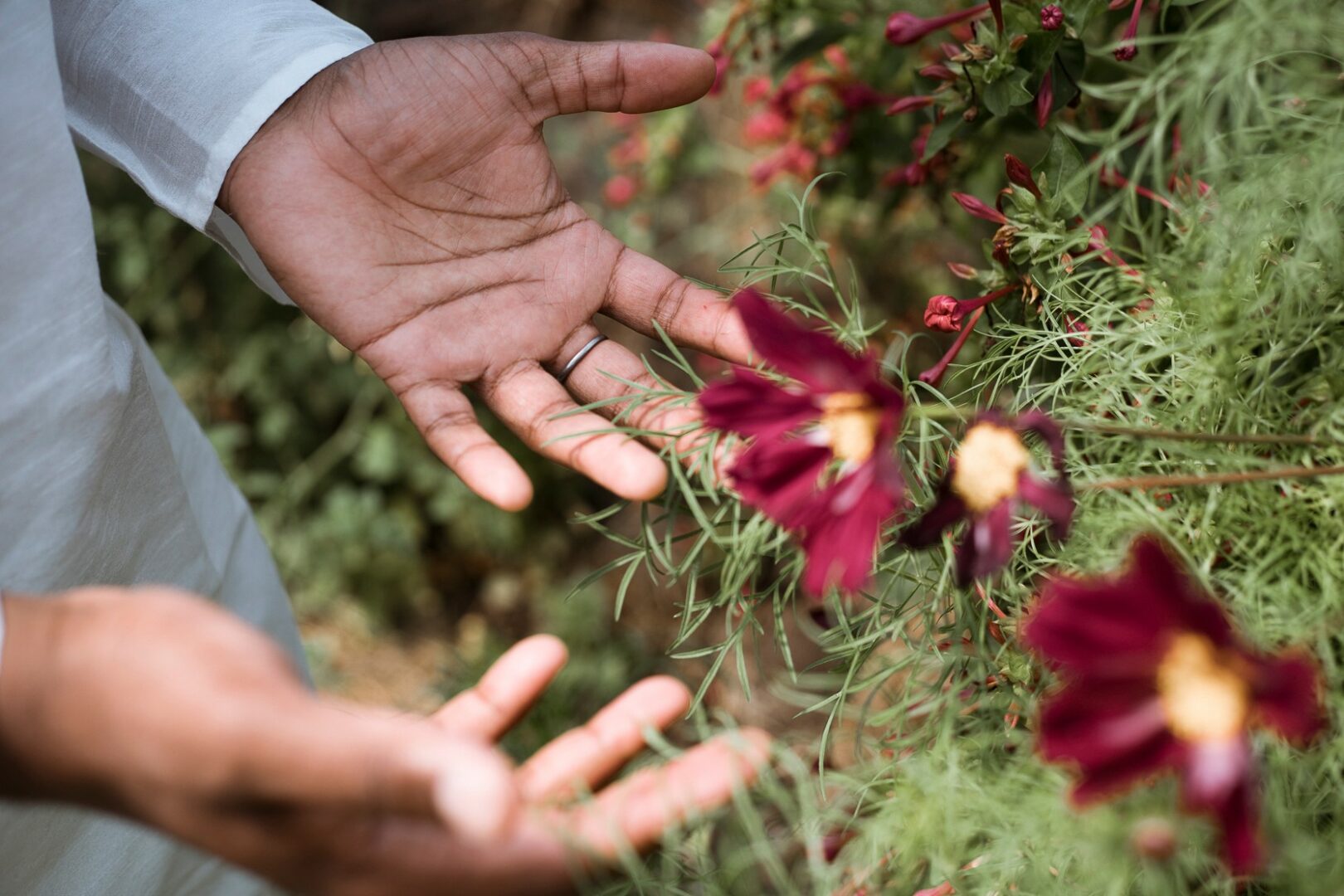
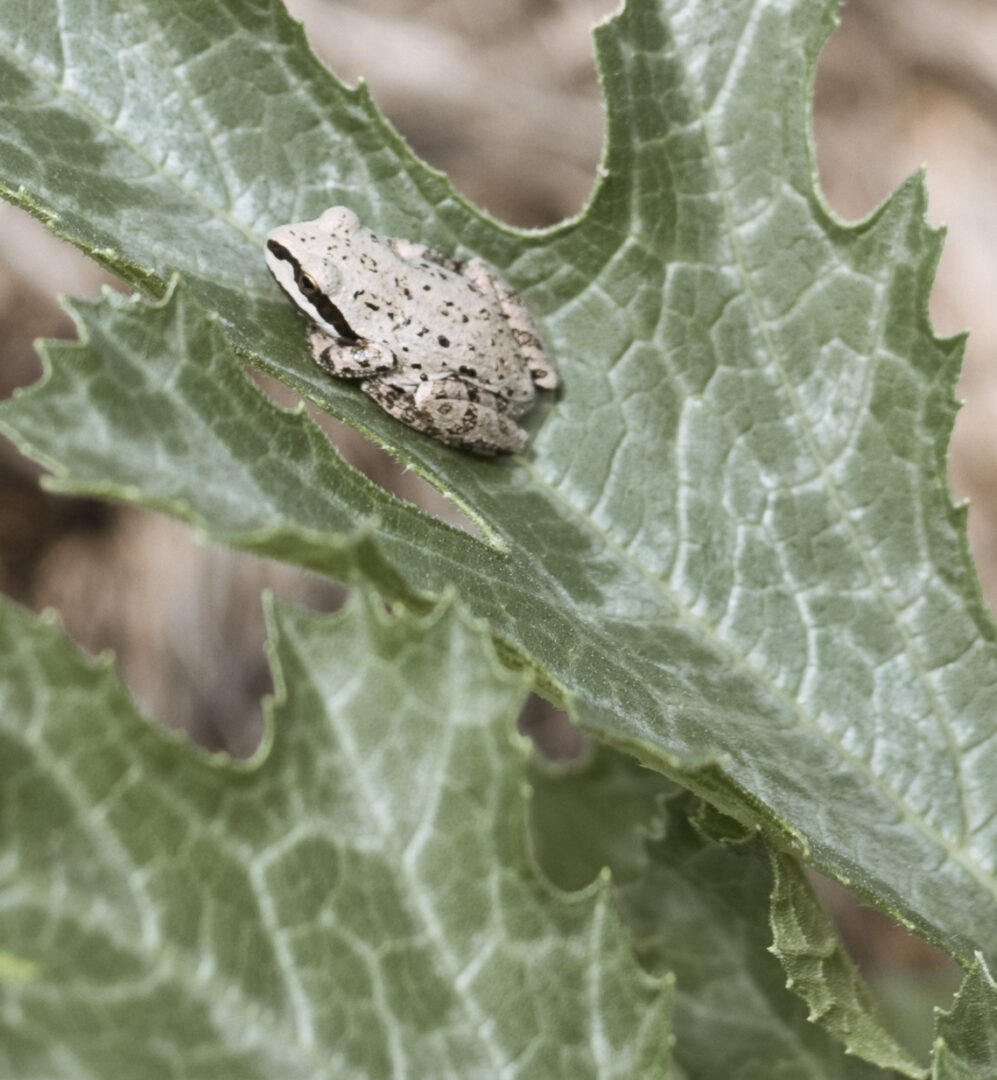
so if you or someone you know deserves recognition please let us know here.



